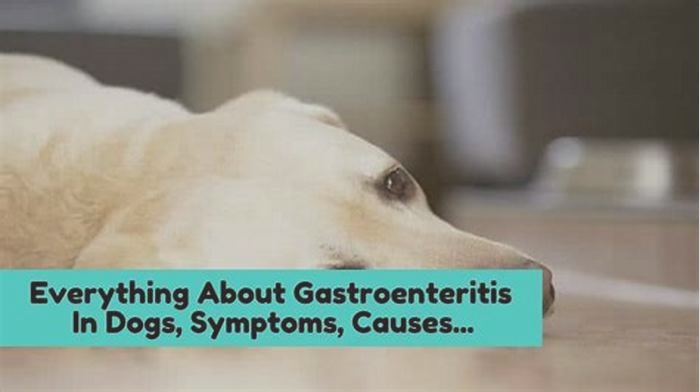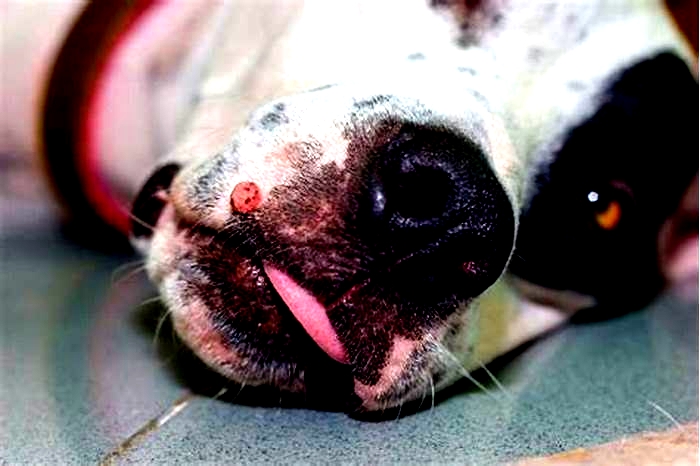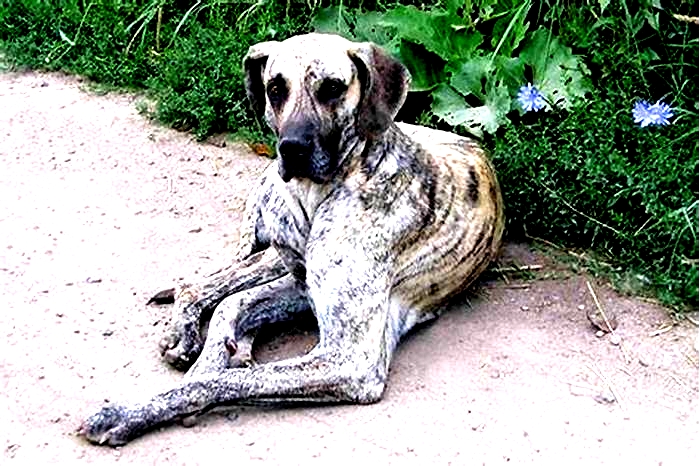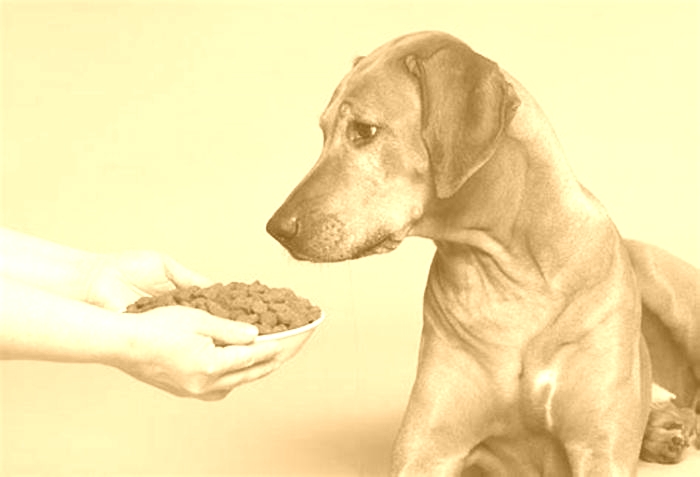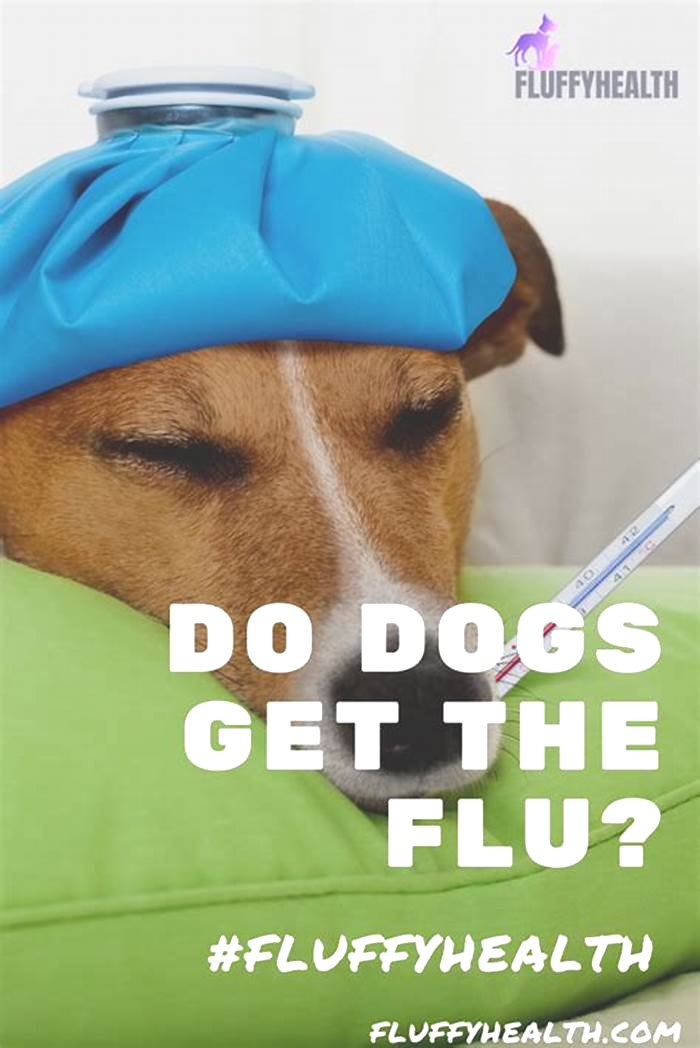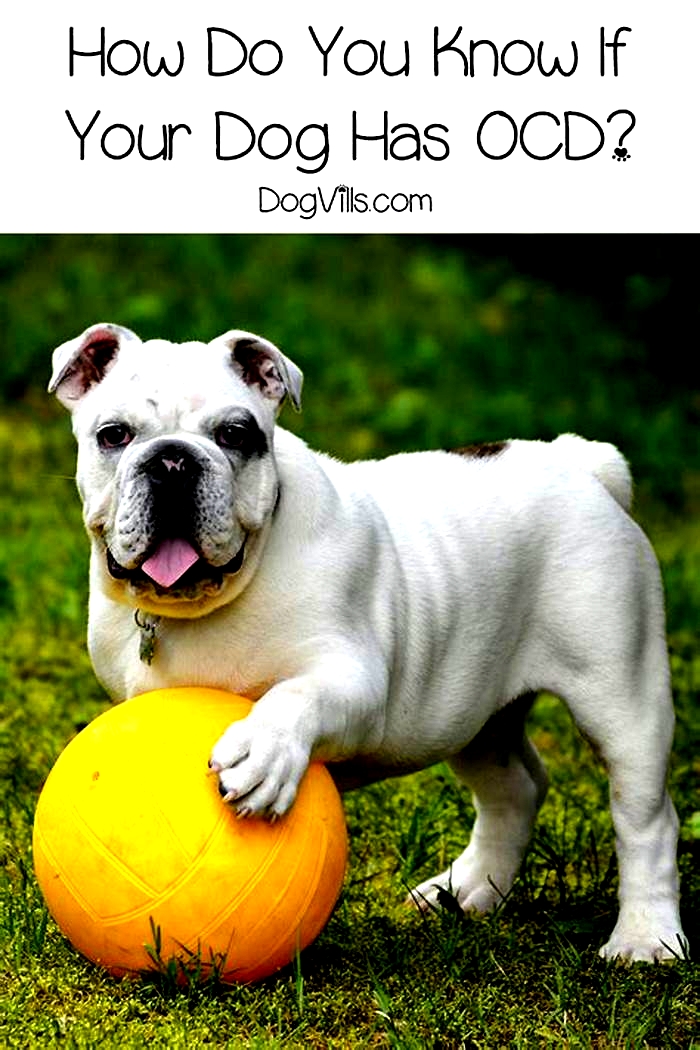How do dogs catch viruses
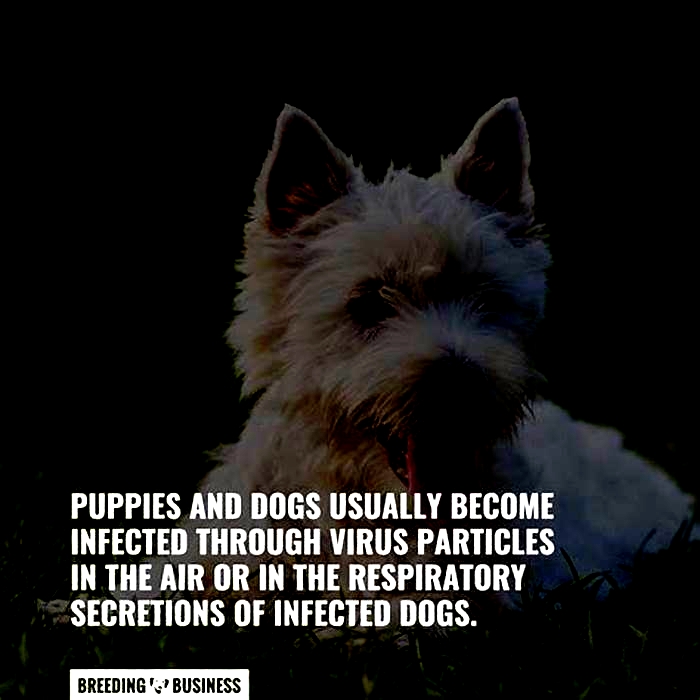
11 Most Dangerous Viruses in Dogs
The most dangerous causative agents carried by viruses do not always cause the most common diseases in dogs. However, once such an infection occurs, it can often be fatal for most dogs. To better study every type of virus in dogs, many studies looked at their groups and compared them to each other.
Luckily, nowadays, vaccines can prevent majority of severe canine viral infections, which is why core vaccines are often mandatory. The most dangerous viruses in dogs can affect their different organs and are, therefore, divided into several groups. Below are 11 most common types, listed in their separate categories.
Viruses Affecting the Dog's Nervous System

1. Rabies Virus in Dogs (Lyssavirus)
In some cultures, rabies infection is known as a demonic disease because of its demonic-like and horrible symptoms, then immediate death without the possibility of recovery. The core rabies vaccine prevents this infection entirely, and many local and state governments in the US require regular vaccination of dogs against rabies.
The way of spreading the rabies virus in dogs is through saliva. It includes an infection through a bite from an infected canine and a skin wound. Most common carriers of the rabies virus is wildlife (feral cats, skunks, foxes, prairie dogs, and raccoons), bats, and unvaccinated dogs, especially hunting dogs.
Since the rabies virus goes along the nerve trunk to the dog's brain, clinical stages of the infection include:
Prodromal form The main symptoms include severe pruritis at the site of the bite, anxiety, and behavior changes. Paralysis occurs after one to three days, and the dog dies within ten days after the first visible signs of infection appear.
Furious form This variation of the disease includes a dog's aimless wandering, convulsions, and excessive salivation. The dog will show signs of irritability, voice altered, and excitement.Then, depraved appetite, hydrophobia, ataxia, and muscle paralysis will occur before death. Biting other animals, objects, and people is well-known as a mad-dog syndrome, which mostly occurs in infected dogs and foxes.
Paralytic form It is the most common form of rabies disease. The primary symptoms include lethargy, dysphagia, muscular tremors, and terminal paralysis.
It is not too difficult to make a diagnosis of rabies in dogs after immunoperoxidase staining, through finding fluorescent antibodies and RT-PCR (reverse transcriptase-polymerase chain reaction) of a dog's brain tissue.
2. Pseudorabies (Porcine Herpesvirus 1, Aujeszky's Disease)
Pseudorabies in dogs is an infection that is rarely seen and it primarily occurs in swine. In very rare cases, it was observed that it can affect dogs, mostly when the dog has had a direct contact with the infected pig or ate infected pork.
The most severe symptom of this sporadic virus in dogs is acute, fatal encephalitis followed by changes in the animal's behavior, pruritus, anorexia, and paralysis. After falling into a coma, the dog will die within 48 hours after the first signs of infection appear.
Viruses Affecting a Dog's Respiratory System

3. Canine Influenza (Dog Flu, Canine Flu)
Caused by the canine influenza virus (also known as dog flu), this relatively new infection is spread by respiratory secretions. On contaminated items, the virus in dogs can survive approximately two hours on paws and 48 hours on a variety of surfaces.
The main issue is that the dog can spread the canine influenza virus before showing any signs of illness. The common symptoms include fever, coughing, and a runny nose. Vaccine exists for this virus but unfortunately, the current state of canine influenza vaccines is not recommended for every dog and vet's recommendation is needed.
4. Parainfluenza Virus in Dogs (CPIV)
It is not rare to isolate this virus in dogs. Since the parainfluenza virus affects the epithelium of a dog's respiratory tract, the main characteristic of this disease is the occurrence of acute dry cough and tonsillitis in canines.
If not cured quickly and adequately, secondary bacterial infection may occur, which will lead to a more severe form of the disease in dogs with more serious symptoms.
5. Kennel Cough (Canine Infectious Tracheobronchitis)
It is a common disease that occurs in dogs kept in shelters and kennels which often combine the infestation of viruses and bacteria. Since kennel cough is very contagious, your dog can quickly become infected after contact with the other ill animals.
The only symptoms that are persistent include dry and harsh cough, and a snotty nose. The existing vaccine is useful and will prevent it, but not recommended for every single dog. Luckily, the infection usually lasts up to two weeks and will go away unless further complications, such as severe pneumonia, occur.
6. Type 2 Adenovirus (CAV-2)
The type 2 adenovirus is a disease of puppies primarily. It affects young dogs that have lost their maternal antibody protection, as well as unvaccinated dogs. The infection is unpredictable and can pass after mild symptoms or cause fatal bronchopneumonia.
Clinical signs of this virus in dogs are very general and may include fever, dry cough, lethargy, and tracheobronchitis with mycoplasmas. Without secondary bacterial infections, recovery usually is expected within 10 to 15 days.
Viruses Affecting a Dog's Gastrointestinal Tract

7. Canine Parvovirus Type 2
The canine parvovirus type 2 causes parvo, one of the most severe, often fatal viral infections in dogs, primarily young ones. This highly contagious virus in dogs is spread mainly by direct contact between canines. Other ways of transmission are contaminated stool, leashes, equipment, and people, who can spread it by their hands.
It causes problems in a dog's gastrointestinal system, followed by fever, dehydration, bloody diarrhea, vomiting, and lack of appetite. Luckily, timely vaccination has been shown to effectively protect dogs from parvo.
Since the virus can survive in the environment for approximately two months, it is recommended to clean the area where the dog lives, particularly using sodium hypochlorite or peroxide compounds.
8. Canine Parvovirus Type 1
A different and less common classification of parvo, the canine parvovirus type 1 causes respiratory infections in puppies with a fatal outcome. Clinical signs include anorexia, dyspnea, vomiting, and dullness.
Dog Viruses with Multi-System Infections

9. Canine Distemper Virus (Morbillivirus)
This contagious dog virus can survive in the air and infect the dog in direct contact from the respiratory secretions of the infected animals. The common symptoms of this fatal infection are fever, coughing, seizures, nasal discharge, runny eyes, diarrhea, vomiting, lack of appetite, and paralysis.
In 2011, researchers described a new strain of this virus after an increased number of cases of infected dogs worldwide. Luckily, a core vaccine for canine distemper virus is very effective at protecting dogs and is essential in many countries.
10. Canine Herpesvirus
Canine herpesvirus disease, primarily affecting puppies, is highly contagious and often fatal. It occurs in newborn dogs under three weeks of age, even though maternal antibodies protect most of them. The carriers of the virus are adult dogs, and most puppies get infected transplacentally.
The main symptoms include hemorrhages and disseminated necrosis of a puppy's kidneys, lungs, and liver. In most cases, abdominal pain, diarrhea, dyspnea, and anorexia are the most prominent symptoms. In female dogs, the virus usually causes infertility, vaginitis, and abortion.
11. Infectious Canine Hepatitis (ICH, Adenovirus 1)
The most often clinical signs of infectious canine hepatitis in dogs include jaundice, anorexia, conjunctivitis, fever, bleeding, vomiting, abdominal pain, diarrhea, and blue eye (corneal opacity in a dog's eyes).
In particularly severe cases, the dog can develop CNS signs such as seizures, disorientation, and terminal coma. Fortunately, vaccines exist and are very effective; therefore, this infection is rare in dogs, especially in regions where vets carry out routine immunization or were vaccination is required by law.
READ NEXT:11 Most Fatal Dog Health Conditions
Dog Flu: Symptoms, Treatment, and Prevention
When it comes to the dog flu, its important to always be prepared. While most cases are not fatal, the canine influenza virus can make your pup uncomfortably sick, and cause you both a lot of stress and time spent at the vets office. If you are a dog owner, you dont need to panic about the dog flu, but you should familiarize yourself with the symptoms so that you know what to look for in the event of an outbreak in your area.
What Is Dog Flu?
Dog flu, or canine influenza virus, is an infectious respiratory disease caused by an influenza A virus, similar to the viral strains that cause influenza in people. There are two known strains of dog flu found in the United States:
The H3N8 strain actually originated in horses. The virus jumped from horses to dogs, becoming a canine influenza virus around 2004, when the first outbreaks affected racing Greyhounds at a track in Florida.
H3N2, on the other hand, originated in Asia, where scientists believe it originated from birds before affecting dogs. H3N2 is the virus responsible for the 2015 and 2016 outbreaks of canine influenza in the Midwest and continues to spread throughout the United States.
How Is Canine Influenza Spread?
Like human forms of influenza, dog flu is airborne. Respiratory secretions escape into the environment in the form of coughing, barking, and sneezing, where they are then inhaled by a new canine host. The dog flu also spreads through contaminated objects and environments, like water bowls, collars, and kennel surfaces, or through contact with people who have had direct contact with an infected dog.


Crowded areas like kennels, grooming parlors, daycare centers, and dog parks are breeding grounds for diseases like canine influenza. The close proximity of the dogs means that a barking, coughing, or sneezing dog can easily infect canines around them. This is made more dangerous by the fact that dogs are most contagious during the incubation period before they start exhibiting symptoms.
How Long Are Dogs Infected With Dog Flu Contagious?
The incubation period of canine influenza is approximately two-to-four days from initial exposure to the dog flu virus. Viral shedding starts to decrease after the fourth day, but dogs with H3N8 remain contagious for up to 10 days after exposure, and dogs with H3N2 remain contagious for up to 26 days. Most vets recommend isolating dogs with H3N2 for at least 21 days to reduce the risk of transmission.
Almost all dogs that come into contact with the disease will contract it, but not all dogs that become infected show symptoms of the virus. About 20-25% of dogs that infected are asymptomatic, but these dogs can still spread the disease. If one of your canine companions catches the flu, but the other seems unaffected, remember that he could still have the virus. Talk to your vet about quarantine procedures for all dogs in your household.
Symptoms of Dog Flu
So, how do you know if your dog has canine influenza? There are several symptoms all owners should be aware of. Dog flu cases range from mild to severe and, unlike human influenzas, are not seasonal. Keep an eye out for the following symptoms year-round:
- Coughing (both moist and dry)
- Sneezing
- Nasal discharge
- Purulent nasal discharge
- Runny eyes
- Fever
- Lethargy
- Difficulty breathing
Dog flu symptoms resemble kennel cough symptoms, which is also an illness you should talk to your veterinarian about as soon as you notice symptoms.
Most cases of dog flu are mild, but severe cases can occur. In those instances, dogs can develop pneumonia, difficulty breathing, and a high fever. Luckily, the mortality rate is relatively low, with less than 10% of dog flu cases resulting in fatalities.
Dog Flu Treatments
The canine influenza virus requires the attention of a veterinarian. In some states, vets are required to report cases of canine influenza to the government to help monitor the spread of the disease.
There is no cure for dog flu. Treatment is supportive, and your veterinarian can advise you on the best ways to keep your dog comfortable during his illness and recovery. Some dogs may require supportive care, such as fluids, to aid their recovery, as well as nonsteroidal anti-inflammatory medications to reduce fevers. Your vet will help you come up with a nutritional plan and may prescribe antibiotics to treat secondary bacterial infections.
Your vet will also inform you about appropriate quarantine procedures to prevent the spread of dog flu, depending on the strain of the virus your dog contracts, and can give you information about disinfectant solutions to use in your home to help kill the virus.
Call your vet ahead of time to let her know that your dog is showing symptoms of a respiratory infection. Both kennel cough and dog flu are highly contagious, and your vet may request that you keep your dog outside until your appointment time to prevent the risk of transmission to other patients in the waiting room.
Preventing Dog Flu
The best way to prevent your dog from contracting dog flu is to keep them away from public places or kennels with recently reported cases. If you come into contact with a dog that you suspect has dog flu or has recently been exposed to it, wash your hands, arms, and clothing before touching your own dog. This will reduce the risk of transmission from you to your dog.
There are vaccines available for both the H3N8 and H3N2 strains of canine influenza. Your vet may recommend the vaccine based on your lifestyle. For instance, if you live in an area with a high incidence of dog flu or if your dog regularly spends time in kennels or travels to shows around the country, then they could be at an increased risk of contracting canine influenza and your vet may recommend the vaccine as a precaution.

